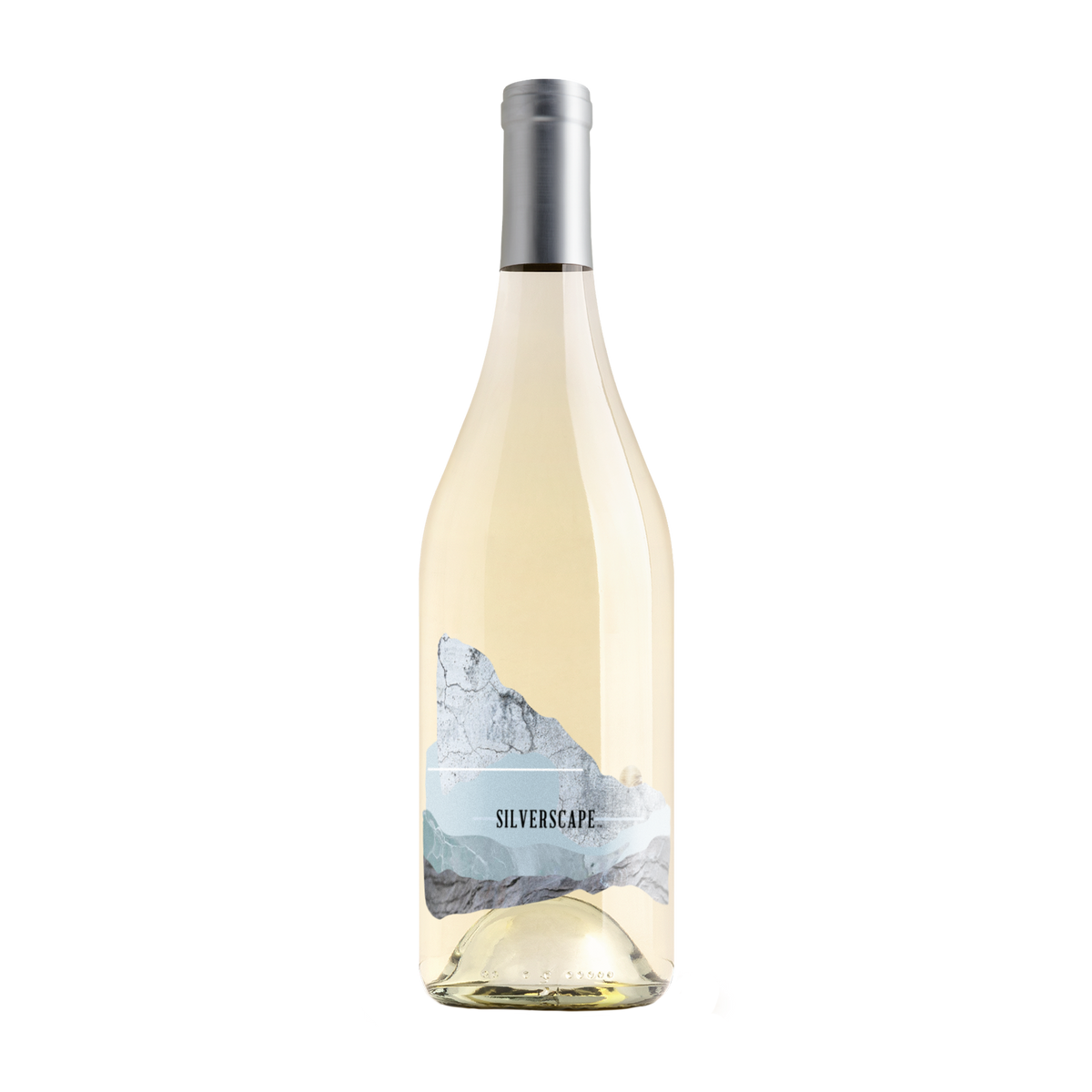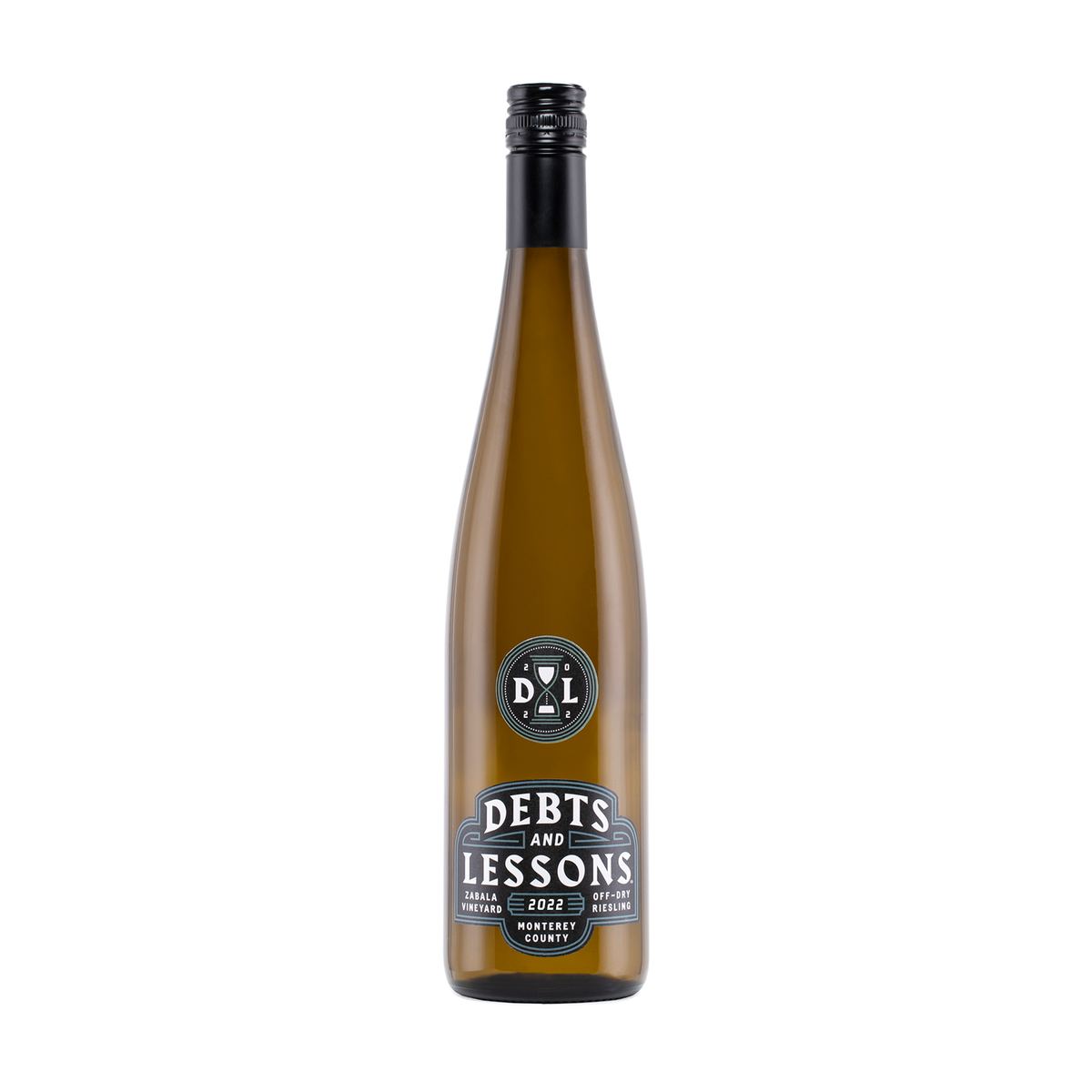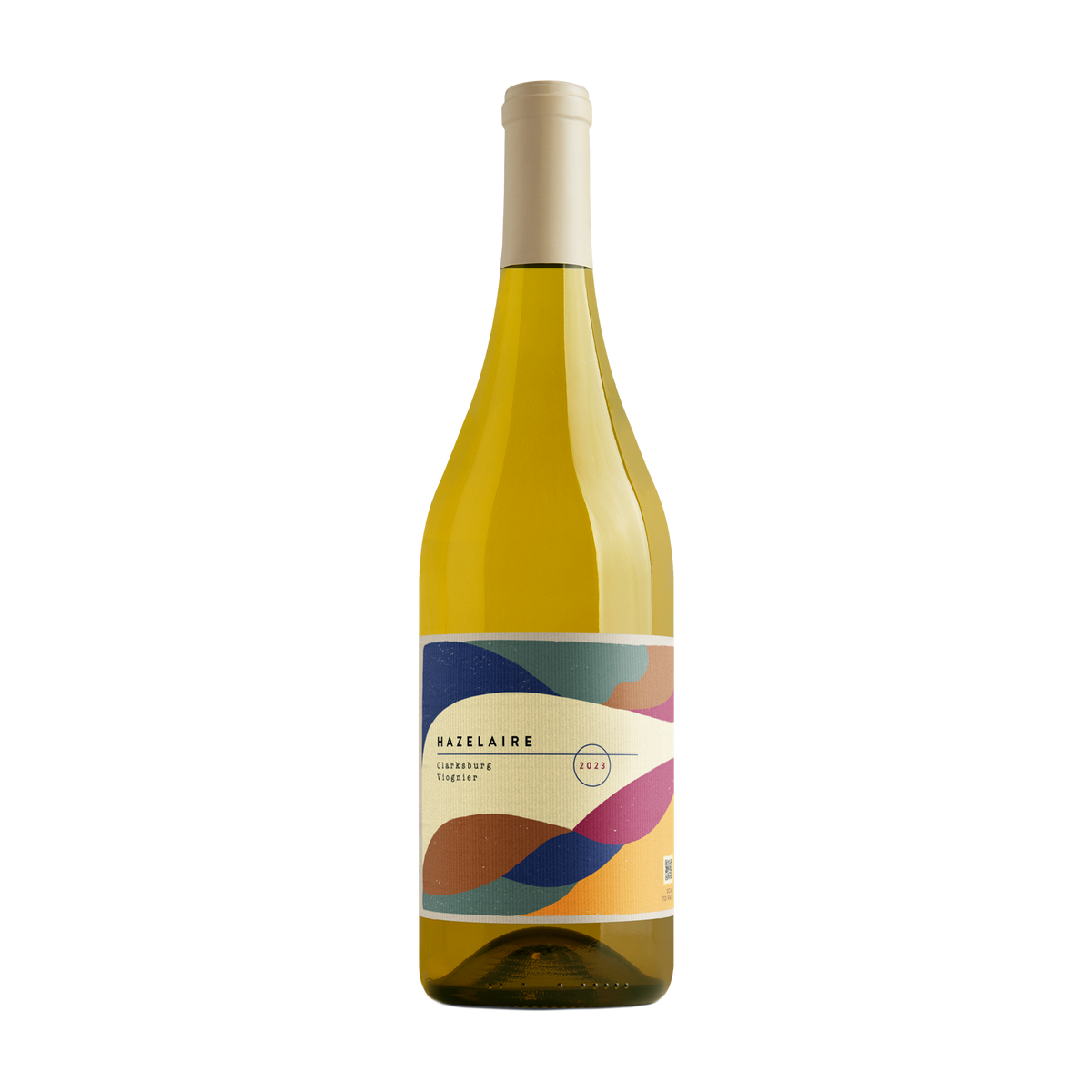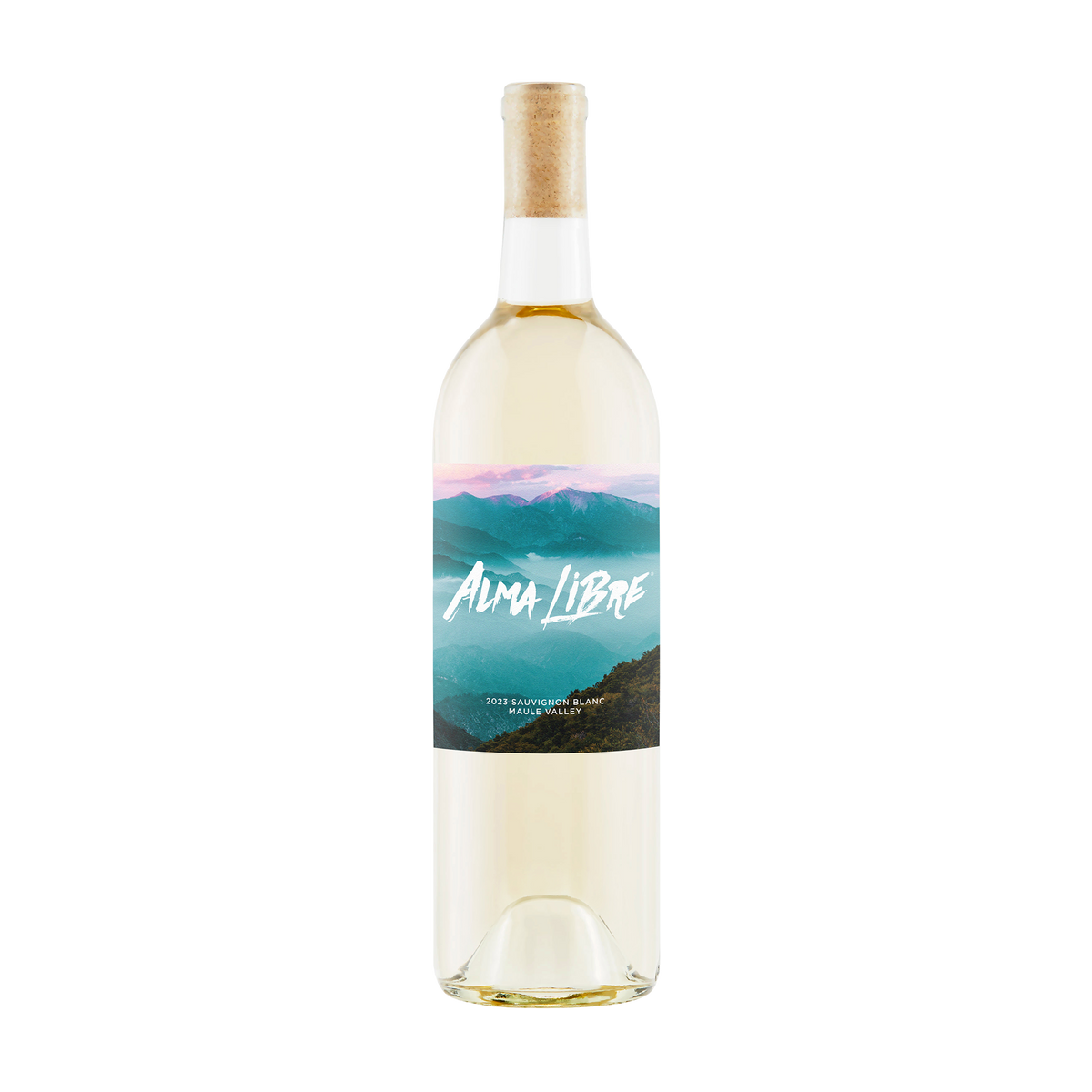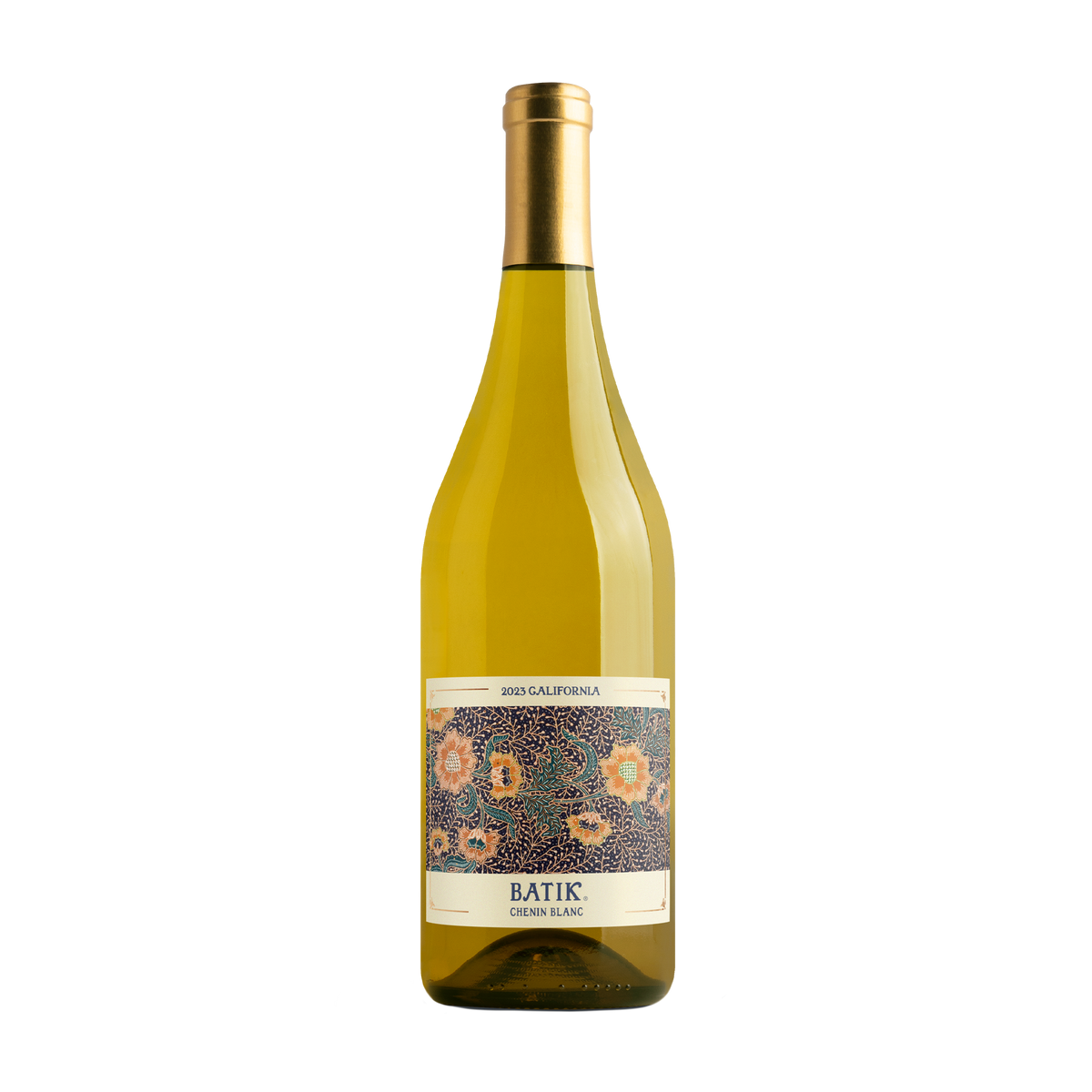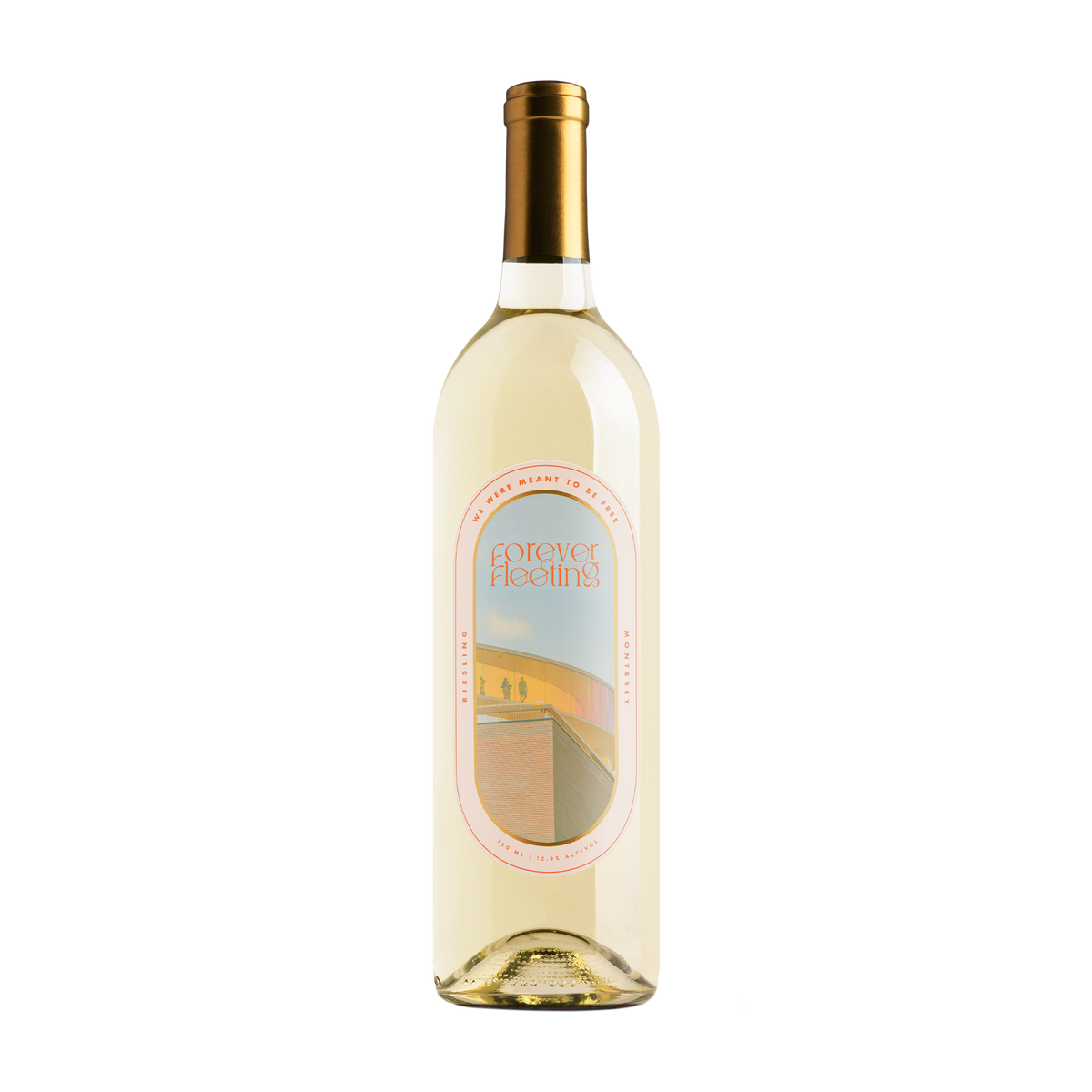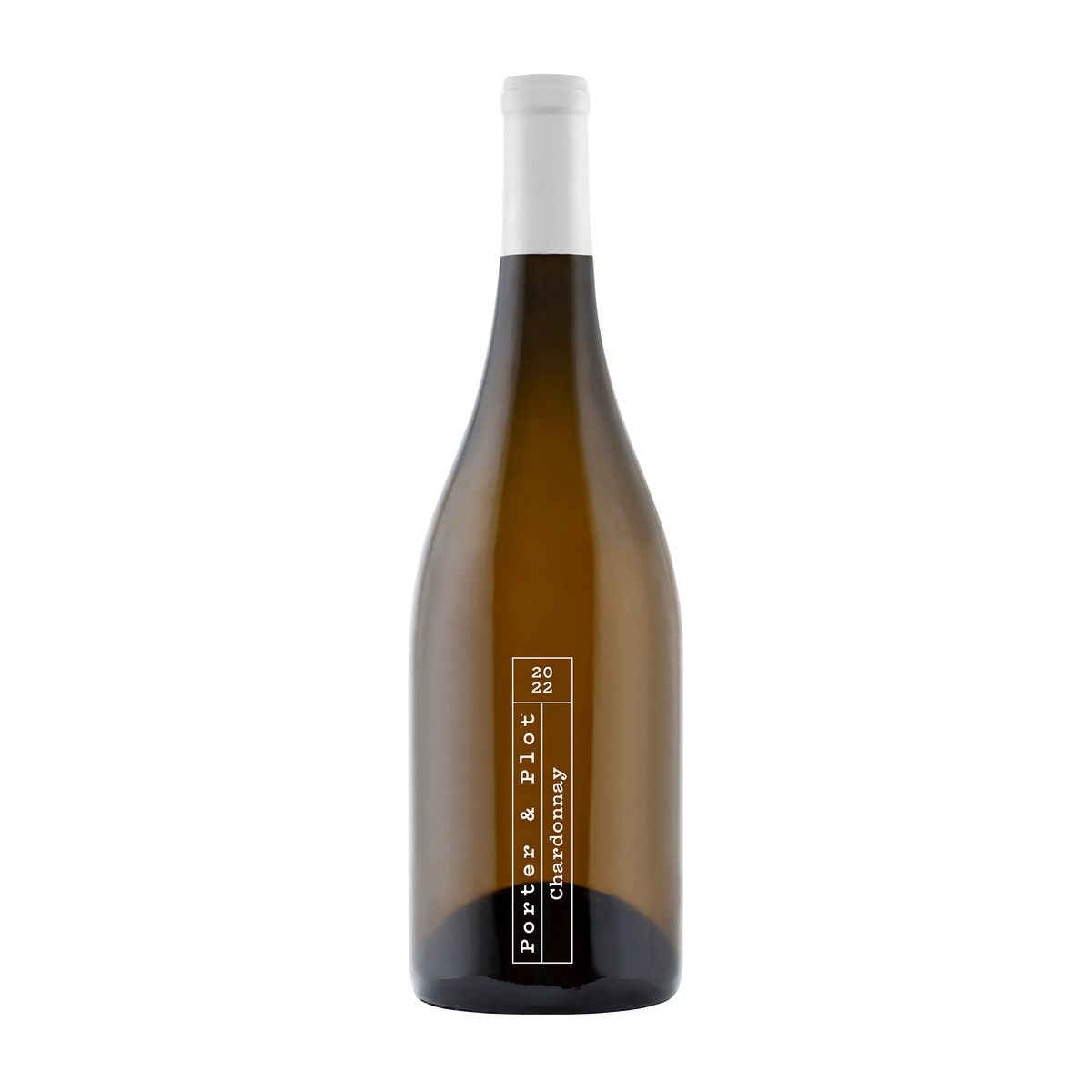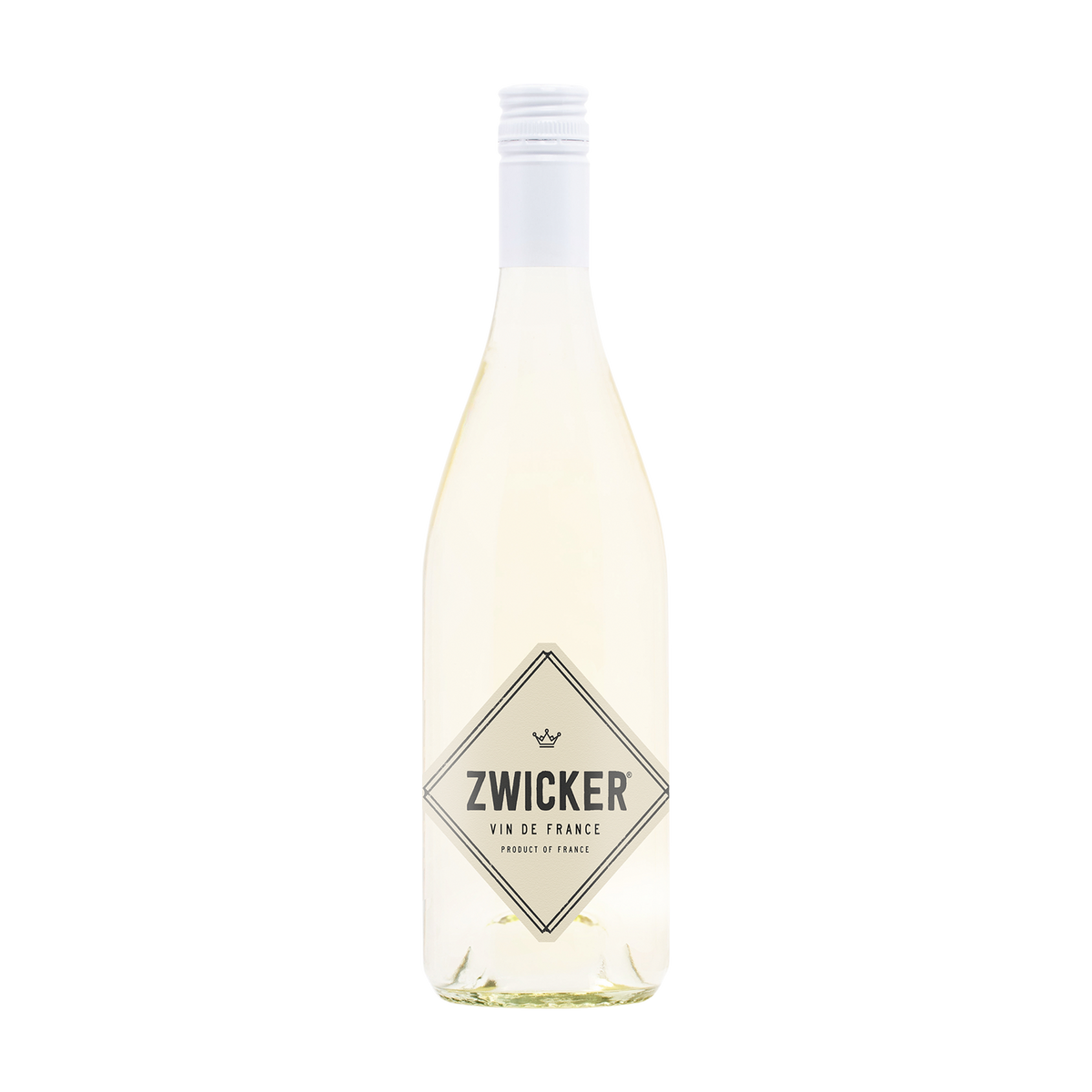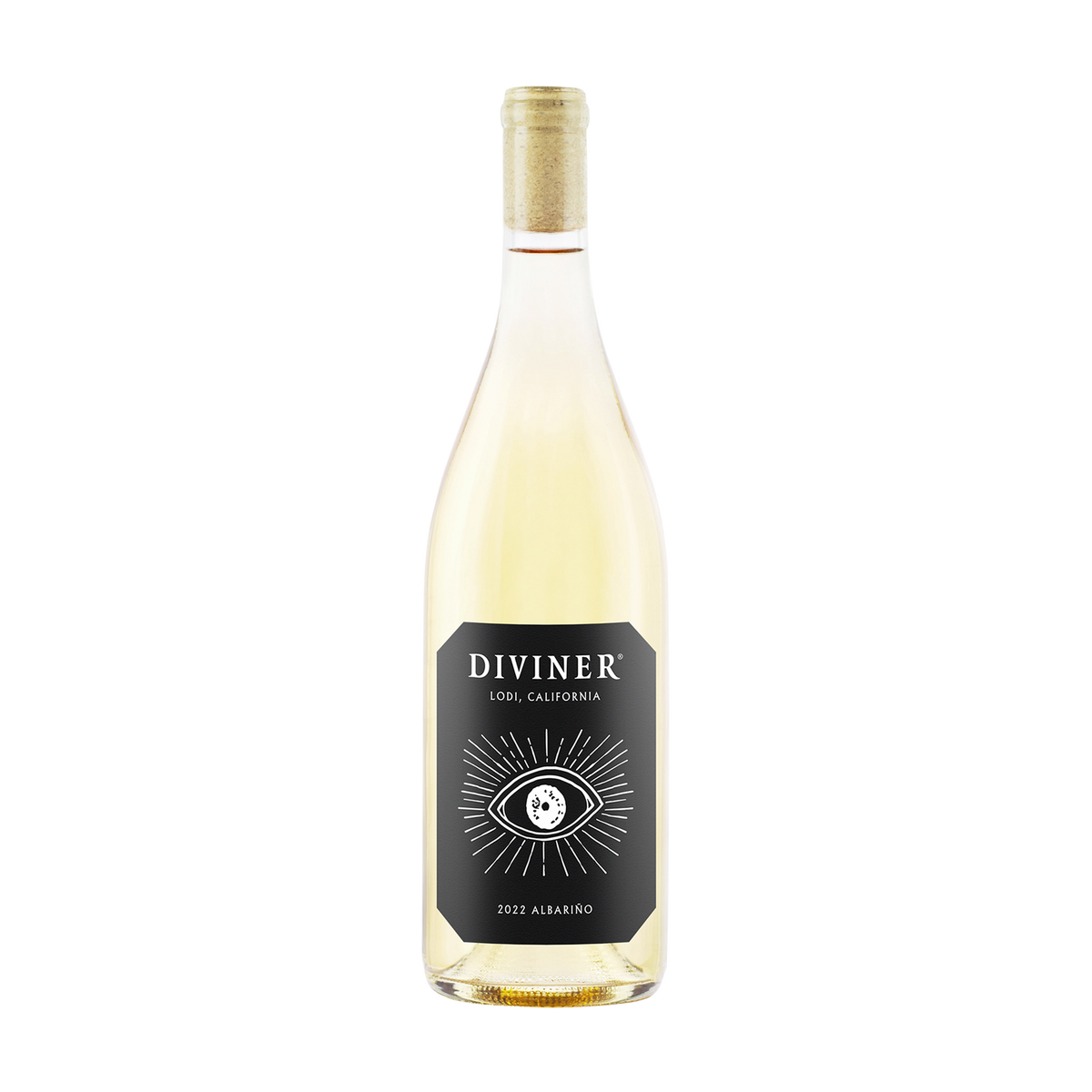2022 Prismatic Chardonnay
New Vintage
Item cannot ship to your state
2023 Ville Basse Sauvignon Blanc
Item cannot ship to your state
Sapore Locale Moscato
Top Rated
Item cannot ship to your state
2024 Guest Check Sauvignon Blanc
Top Rated
Item cannot ship to your state
2022 Pairs Well With Chardonnay
Member Fav
Item cannot ship to your state
2023 Silverscape Viognier
Item cannot ship to your state
2022 Debts & Lessons® Riesling
Item cannot ship to your state
2024 Outersounds Sauvignon Blanc
Item cannot ship to your state
2022 Anti-love Club Riesling
Item cannot ship to your state
2023 Hazelaire Viognier
Item cannot ship to your state
2023 Tempo Vero Chardonnay
Item cannot ship to your state
2023 Alma Libre Sauvignon Blanc
Top Rated
Item cannot ship to your state
2023 Batik Chenin Blanc
Member Fav
Item cannot ship to your state
2020 Sauvetage Sauvignon Blanc
Item cannot ship to your state
2023 Forever Fleeting Riesling
Item cannot ship to your state
2022 Porter & Plot® Chardonnay
Item cannot ship to your state
Splendido Moscato
Item cannot ship to your state
2021 Zwicker® White Wine Blend
Item cannot ship to your state
2021 Idée Fixe® White Blend
Item cannot ship to your state
2022 Diviner® Albariño
Item cannot ship to your state

Join the Winc Fam
Become a member and automatically get your fav wines delivered to your door. Plus, enjoy member-only perks like:
20% Off,
Always
Always
Free
Shipping
Shipping
First Dibs on
New Wines
New Wines
Skip
Anytime
Anytime
Commitment-phobe?
That’s cool, we get it. Shop our packs, no membership necessary.
Buuuuut… you might miss the good stuff, just saying.
I’m non-commital, take me to Packs






